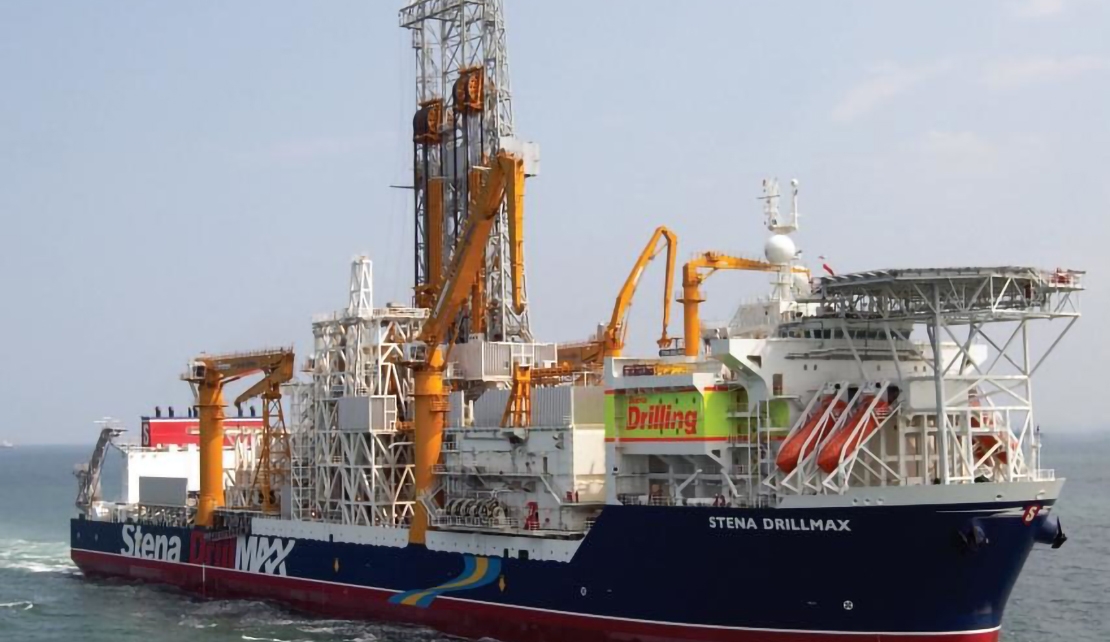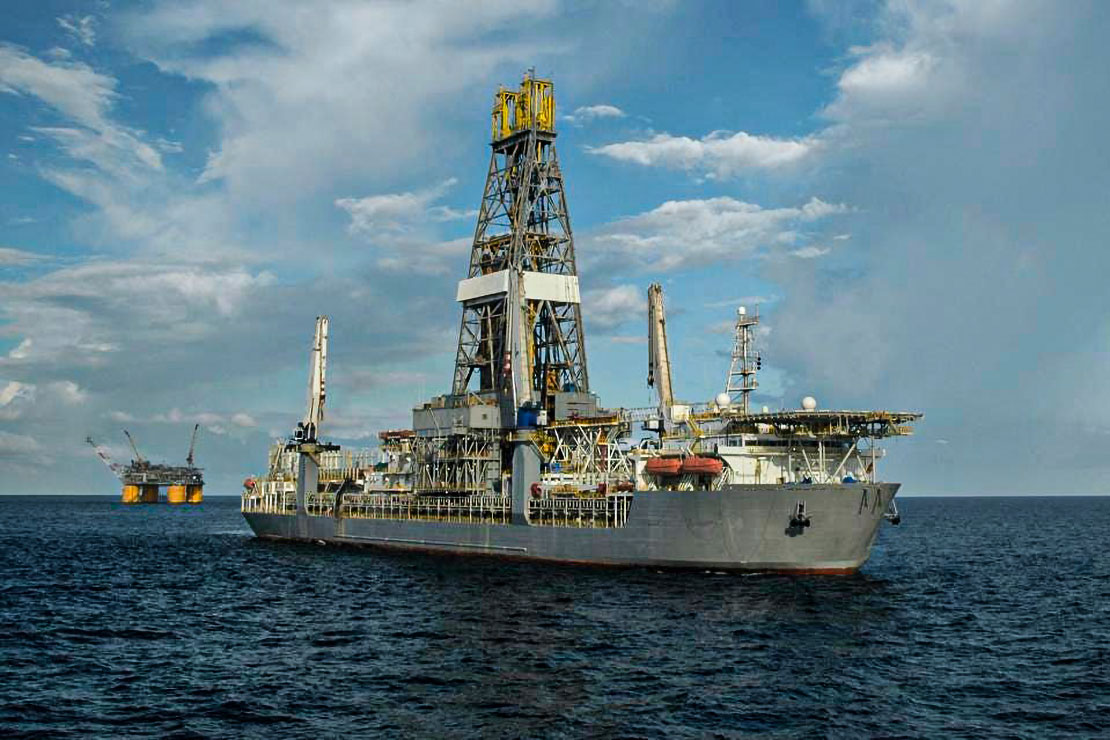GUYANA'S Contract with ExxonMobil leaves country exposed to financial and environmental risks

GEORGETOWN, July 12, 2022 - Earlier this year, in its April 2022 World Economic Outlook, the IMF projected a nearly 50 per cent rate of economic growth for Guyana this year. Beyond 2022, the IMF said Guyana is expected to record a 34.5 per cent increase in 2023 and a 3.7 per cent increase by 2027.
“Guyana’s medium-term prospects are more favourable than ever before, with increasing oil production having the potential to transform Guyana’s economy.”
Between now and 2026, oil production offshore Guyana is expected to increase significantly. In the Stabroek Block alone, where a local affiliate for ExxonMobil has already commenced production, the oil reserves are estimated at over 11 billion barrels.
The IMF said that this amount of oil reserves is the third-largest in Latin America and the Caribbean, and among the highest in the world relative to the country’s population size.
Higher oil prices and more discoveries of oil and gas could significantly improve Guyana’s long-term prospects, too.
Despite the foregoing however, the World Bank is not happy with Guyana over its offshore oil production arrangement with ExxonMobil, and wants the Guyana Government to revisit its oil production arrangement with ExxonMobil and has criticised the government for its performance in overseeing its massive offshore oil production project.
The result of this is that the World Bank has downgraded its rating of Guyana's oversight of the project. Despite this however, Guyana's “Vice President Bharrat Jagdeo does not want any interefence from any quarter, and has made it clear that he does not welcome any outside reviews of the oil deal, including the reports issued by the internationally recognised Institute for Energy Economics and Financial Analysis, IEEFA.

Only recently, Guyanese citizens filed the first constitutional climate case in the Caribbean to challenge fossil fuel production on the grounds that it exacerbates global warming and threatens human rights. The case, before Guyana’s Constitutional Court, claims that Guyana’s approval of a massive, ExxonMobil-led oil and gas buildout off the country’s coast violates the government’s legal duty to protect the rights to a healthy environment, sustainable development, and the rights of future generations. The case reflects a growing concern within Guyana regarding the risks oil extraction poses on a national, regional, and international level.
Guyana is ExxonMobil’s largest oil development outside of the Permian Basin. The company is pushing to extract over 9 billion barrels of oil and trillions of cubic feet of gas from ultradeep wells off Guyana’s coast. Melinda Janki, who leads the legal team for the applicants, emphasizes the project’s global significance: “Guyana’s petroleum production is a potential 3.87 gigatonne carbon bomb, putting Guyana at the forefront of the fight to save the planet from oil and gas.”
“An oil and gas industry is difficult to reconcile with [Guyana’s] international environmental commitments and the constitution,” adds Guyanese attorney-at-law Ronald Burch-Smith.
According to the Guardian, ExxonMobil’s huge new Guyana project faces charges of a disregard for safety from experts who claim the company has failed to adequately prepare for possible disaster. "Exxon has been extracting oil from Liza 1, an ultra-deepwater drilling operation, since 2019 – part of an expansive project spanning more than 6m acres off the coast of Guyana that includes 17 additional prospects in the exploration and preparatory phases," the Guardian maintains.

But experts claim that Exxon in Guyana appears to be taking advantage of an unprepared government in one of the lowest-income nations in South America, allowing the company to skirt necessary oversight. Worse, they also believe the company’s safety plans are inadequate and dangerous.
Others have long raised issues about the one-sided nature of the contract that authorizes ExxonMobil and its project partners to drill for oil off the coast of Guyana.
The IEEFA argues that Guyana not only receives too small a portion of the project revenue but also is at risk due to inadequate environmental and fiscal contract requirements.
Critics say Exxon’s contract terms are lopsided. The government is receiving a below average return on Exxon’s projects, according to industry analysts at IHS Markit. Exxon receives more than 85% of the proceeds, the result of the government and public largely “absorbing Exxon’s costs”, according to the Institute for Energy Economics and Financial Analysis (IEEFA).
Exxon said that it will continue to “generate billions of dollars of revenue” for Guyana. Yet Guyana’s government has reported it has made just $309m from the projects since they began, while ExxonMobil and its partners had brought in roughly $1.8bn, said Tom Sanzillo, IEEFA director of financial analysis.
The costs per barrel of oil produced in Guyana are a full $5 to $10 cheaper than the global average, making it, in Shenga’s words, a “cash cow”. This helps explain why Exxon began producing oil approximately twice as fast as “the industry average for projects of this size”, as Exxon boasted in its 2020 annual report.
In a recently published analysis, entitled “ExxonMobil contract leaves Guyana exposed to financial and environmental risks,” the IEEFA revealed that “in April 2019, the government secured a grant from the World Bank under the Petroleum Resources Governance and Management Project.
“The grant was meant to provide resources to Guyana to improve the legal, environmental and fiscal operating environment guiding the massive oil project.
In March 2022, the World Bank issued an interim report that found the country’s rating had slipped from “Moderately Satisfactory” to “Moderately Unsatisfactory,” the article said.
The World Bank pointed out that its grant activities which were designed to help Guyana boost staff, experts, training and analysis at the Ministry of Natural Resources and Ministry of Finance, came to a halt at the end of 2021. This is despite the fact that the grant was expected to support work through 2024.
“The World Bank website reveals that Guyana issued numerous solicitations for services but did not award very many contracts. One important example: A request for information issued in April 2021 for cost recovery services.
“A check of the contracts list for Guyana shows that Guyana issued no subsequent contract to a vendor to perform the services. The services included: “Validation of the accuracy of the total Government Share of Petroleum for the period under review,” the IEEFA said.
“One of the most important fiscal issues facing Guyana is determining if the oil companies are complying with the contract. Careful scrutiny of the paperwork submitted with each oil lift and profit statement is important to make sure Guyana is protected.

“The World Bank makes grants to help countries work in good faith to provide a stable, predictable economic environment. Guyana could learn from the experiences of other countries that have entered into agreements with international oil companies.
For many countries, the significant benefits from the venture turned into major scandals. Some combination of poor fiscal planning, lax environmental enforcement or undisciplined money management and spending usually spells trouble, either in the form of tragic environmental accidents or money ending up in the wrong pockets,” it continued.
The World Bank grant program has been the subject of controversy since its inception, says IEEFA, and some aspects of the World Bank program could bring welcome reforms and strengthen existing fiscal and environmental law and regulations.
However, some citizens have expressed concern that ExxonMobil could not meet the zero-flaring requirement in the permit, and the changes brought on by the grant would allow for higher levels of flaring.
Their concerns,however, seem to have been borne out as ExxonMobil has failed to meet the standards in the original permit and has recently been granted the right to flare more frequently.
Guyana’s willingness to grant to ExxonMobil the right to flare beyond the original standards is now pending before the courts.
“Oil companies and their project partners often object to environmental and fiscal rules because they take time—and in the oil business, time is money. ExxonMobil and its partners in the Guyana project want to move quickly.
“Over the long term, ExxonMobil has seen revenues drop over the last decade as oil’s market position has been eroded by competition, and several ExxonMobil projects in Canada, Russia in 2018 and again in 2022, and the United States have come up short. The government of Guyana is similarly in a hurry, because the demand for oil may dry up before the wells,” says the IEEFA.
The World Bank’s expression of concern is a warning that unbridled speed of oil development poses risks.
The companies have paid more than USD$700 million to Guyana’s account for the country’s share of profit oil and royalties, yet Guyana has released no audit assuring the public that it has been paid the right amount.
The public also does not know how costs have been applied to the project. In the meantime, flaring pollution and other risks continue.
“When a country makes a promise to reach for higher ethical standards and then walks back on the deal, it is worth asking a few questions,'' the IEEFA concludes.

 En
En  Ar
Ar